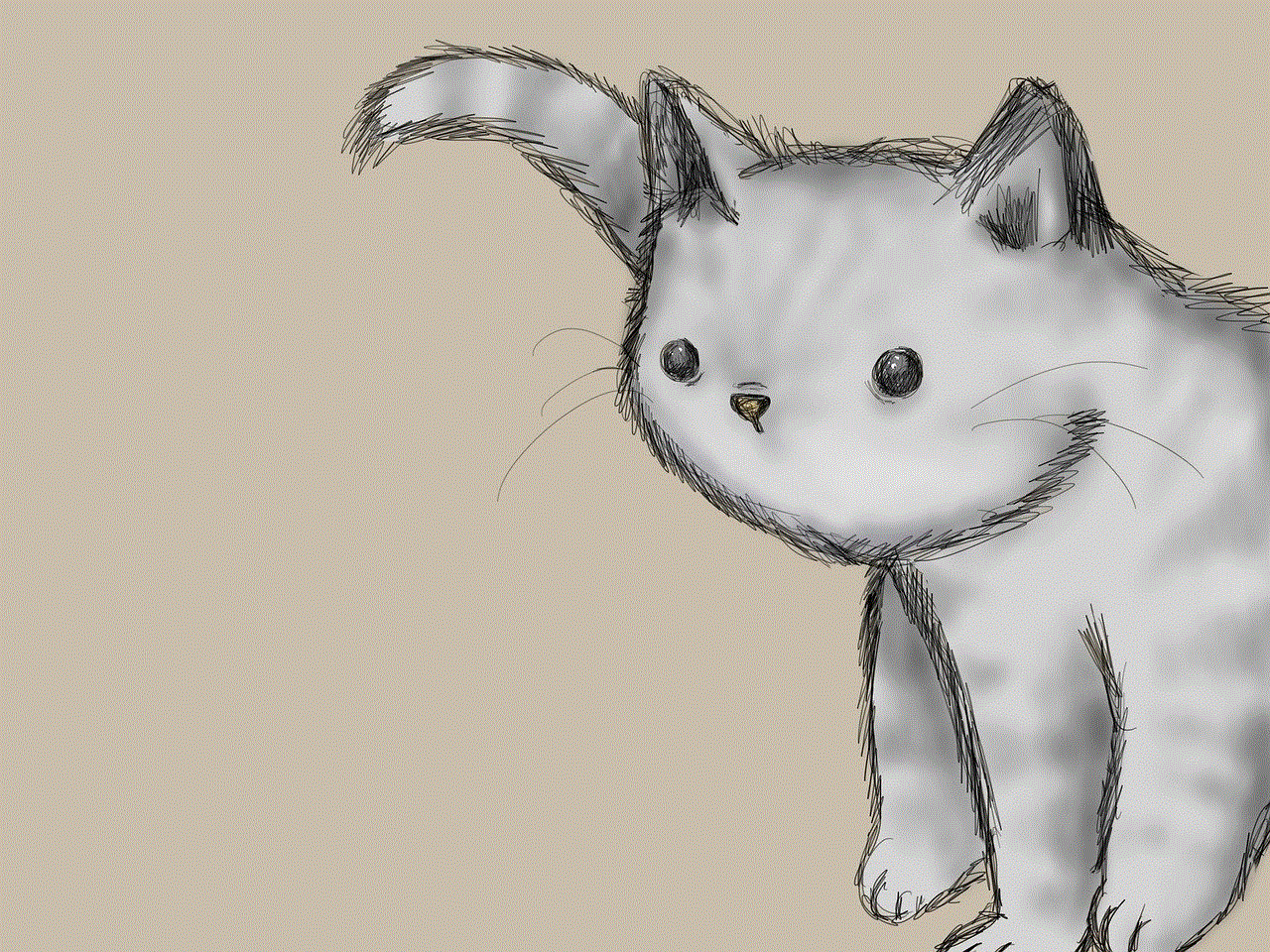urban dictionary boujee
Urban Dictionary defines boujee as “a descriptive term for something luxurious, high-end or upper class.” It is a relatively new term that has become popular in recent years, especially in the world of social media and pop culture. It is often used to describe a person, place, or thing that is seen as being extravagant, sophisticated, or stylish.
The term boujee originated from the word bourgeoisie, which refers to the middle or upper class in society. It is believed to have come from the French word “bourgeois” which means “middle class.” In its original form, the term was used to describe a certain lifestyle or mindset that was associated with the upper class. However, in modern times, the term has taken on a new meaning and has become a popular slang term used by young people to describe a certain type of lifestyle or aesthetic.
Boujee has become a buzzword in popular culture, especially on social media. It is often used in hashtags such as #boujee, #boujeeaf, or #boujeelife, to showcase a luxurious lifestyle or to flaunt one’s wealth and status. It has become a way for people to express their desire for a lavish and extravagant lifestyle, and to show off their material possessions.
The term boujee has become so popular that it has even been used in the titles of songs, such as “Bad and Boujee” by Migos and “Boujee” by Lil Uzi Vert. These songs have further popularized the term and have made it a part of mainstream culture. It has also become a popular catchphrase, with people using it in everyday conversations to describe something or someone that is seen as being high-end or fancy.
One of the reasons for the popularity of the term boujee is its association with wealth and luxury. In today’s materialistic society, people are often judged based on their possessions and outward appearances. The term boujee has become a way for people to showcase their wealth and status, and to aspire to a certain lifestyle. It has become a status symbol, with people using it to show off their expensive clothes, cars, vacations, and other material possessions.
However, at the same time, the term has also been criticized for promoting materialism and shallow values. Many argue that the obsession with being boujee is a result of the influence of social media and the need to constantly project a glamorous and perfect image. It has also been accused of perpetuating classism, as it glorifies the upper class and creates a divide between the haves and the have-nots.
Another aspect of the term boujee is its association with fashion and style. People often use it to describe someone who is fashionable, trendy, and well-dressed. It has become synonymous with designer labels, expensive brands, and the latest fashion trends. People who are considered boujee are often seen as being fashion-forward and having a good eye for style.
However, the term has also been criticized for promoting a narrow and elitist view of fashion. It often disregards the creativity and individuality of personal style and places too much emphasis on material possessions and following trends. It has also been accused of promoting consumerism and encouraging people to constantly buy new things to keep up with the boujee lifestyle.
Apart from fashion, the term boujee is also associated with a certain type of behavior and attitude. People who are considered boujee are often seen as being confident, assertive, and unapologetic about their lavish lifestyle. They are also perceived as being snobbish and arrogant, as they often look down on those who do not have the same level of wealth and status. This attitude has also been criticized for promoting a toxic and superficial culture, where people are judged based on their material possessions rather than their character or values.
On the other hand, some argue that the term boujee is simply a way for people to express their personal style and preferences. They see it as a way for individuals to embrace their love for luxury and opulence without any shame or judgment. They argue that being boujee is not necessarily a negative thing, as it allows people to live their lives on their own terms and indulge in the things that bring them joy.
Despite the criticisms, the term boujee has undoubtedly become a part of modern language and culture. It has become a way for people to express their desires, aspirations, and identities. Whether it is used to showcase wealth and status, or simply to describe a certain aesthetic, boujee has become a powerful and popular term that is here to stay.
In conclusion, the term boujee has evolved from its original meaning and has become a popular slang term used to describe a luxurious and high-end lifestyle. It has become a status symbol, a fashion statement, and a way for people to express their individuality. However, it has also been criticized for promoting materialism, elitism, and shallow values. Whether you love it or hate it, there is no denying that the term boujee has become a significant part of modern culture and language.
phone set up
In today’s fast-paced world, having a functional and efficient phone set up is crucial for staying connected and productive. With the advancements in technology, phones have become an indispensable part of our daily lives. From making calls and sending texts to managing emails and organizing schedules, our phones are our go-to devices for almost everything. Therefore, it is essential to have a well-structured and personalized phone set up to maximize its potential. In this article, we will discuss the necessary elements of a phone set up and how to optimize them for a seamless and efficient experience.
1. Choosing the Right Phone: The first step in setting up your phone is to choose the right one. With the vast array of options available in the market, it can be overwhelming to decide which phone to buy. The key is to identify your needs and budget and then research which phone meets those requirements. Look for features like camera quality, battery life, storage capacity, and operating system. Additionally, consider the brand’s reputation and read reviews from other users to make an informed decision.
2. Updating the Operating System: Once you have your phone, the next step is to update its operating system. Manufacturers regularly release updates to improve the phone’s performance and fix any bugs or security issues. Keeping your phone’s operating system up to date ensures that you have the latest features and fixes for a smooth and safe user experience.
3. Organizing Apps: The home screen of your phone is like the front page of a book – it should be organized and clutter-free. Arrange your frequently used apps on the first page and categorize them in folders. This will make it easier to find and access the apps you need without scrolling through multiple screens. You can also customize your home screen by changing the wallpaper, adding widgets, and changing the app icons to suit your style.



4. Setting up Security: With the increasing amount of personal and sensitive information stored on our phones, security is of utmost importance. Set up a strong password or use biometric authentication like fingerprints or facial recognition to prevent unauthorized access to your phone. You can also enable features like Find My Device or Find My iPhone to track your phone in case of theft or misplacement.
5. Syncing Accounts: Most of us have multiple email, social media, and cloud storage accounts that we access through our phones. To have a well-organized phone set up, it is crucial to sync all these accounts. This will ensure that you receive notifications for all your accounts in one place, and you can easily switch between them without having to log in every time.
6. Customizing Notifications: Notifications can be a distraction, and having them constantly popping up on our screens can reduce our productivity. Therefore, it is essential to customize them according to your needs. You can choose which apps you want to receive notifications from and also adjust the settings for each app. For example, you can set certain apps to only send notifications during specific times or when you are connected to a particular Wi-Fi network.
7. Using a Virtual Assistant: Virtual assistants like Siri, Google Assistant, and Alexa have become an integral part of our phone set up. These assistants can perform various tasks, such as setting reminders, making calls, sending messages, and even playing music, with just a voice command. You can also customize them by adding personalized phrases and shortcuts for a more efficient experience.
8. Backing up Data: Losing data can be a nightmare, and therefore, it is crucial to back up your phone regularly. Most phones have automatic backup options, or you can manually back up your data to a cloud storage service like Google Drive or iCloud. This will ensure that even if your phone gets damaged or lost, you can retrieve all your important data without any hassle.
9. Utilizing Productivity Apps: Our phones can also be powerful productivity tools if used correctly. There are various apps available for tasks like note-taking, organizing schedules, managing finances, and even tracking fitness goals. Identify which areas of your life could benefit from such apps and download them to your phone for a more organized and efficient routine.
10. Customizing Settings: Every phone comes with a range of settings that can be customized according to your preferences. For example, you can adjust the screen brightness, display size, font, and even the color scheme. You can also enable features like Dark Mode, which reduces eye strain and conserves battery life. Take some time to explore the different settings and adjust them to create a personalized phone set up that suits your needs.
In conclusion, having a well-organized and personalized phone set up is essential for staying connected, productive, and efficient. By following these tips, you can optimize your phone’s potential and create a seamless experience that caters to your needs and preferences. Remember to regularly update and maintain your phone to ensure its smooth functioning. With the right phone set up, you can make the most out of your device and stay ahead in this fast-paced digital world.
what does a goat say
A goat is a domesticated mammal that belongs to the genus Capra and the family Bovidae. It is a member of the subfamily Caprinae, along with sheep and ibex. Goats are one of the oldest domesticated animals, with evidence of their domestication dating back to 10,000 years ago. They are also one of the most versatile domesticated animals, providing humans with milk, meat, and fiber. They are found all over the world, from the mountains of Tibet to the grasslands of Africa. Goats are known for their curious and mischievous nature, as well as for their distinctive “baa” sound. In this article, we will take an in-depth look at the question, “What does a goat say?”



The “baa” sound is the most well-known vocalization of goats. It is a short, high-pitched bleat that can sound like “maa” or “naa” depending on the goat. The “baa” sound is typically used by goats to communicate with each other and their human caregivers. It can mean a variety of things, including “I’m hungry,” “I’m in heat,” “I’m lost,” or “I’m happy.” Goats are social animals and use the “baa” sound to maintain contact with each other when they are in a herd. It is also a way for goats to establish dominance and hierarchy within the herd. Young goats, also known as kids, start bleating as early as two days old to communicate with their mothers.
Apart from the “baa” sound, goats also make a variety of other vocalizations. They can make a low-pitched bleat, which is often used to show distress or discomfort. It can also be used as a form of protest when goats are separated from their herd or are being restrained. Goats also make a snorting sound, which is often used to show aggression or to warn other goats of potential danger. This sound is commonly heard when goats are fighting over food or when a new goat is introduced to an existing herd. It is a way for goats to establish boundaries and maintain their social hierarchy.
Goats are also known for their grunting sound. This sound is made by male goats, also known as bucks, during breeding season. It is a way for them to attract females and show their dominance. Bucks will also make this sound when they are feeling threatened by other bucks or when they are in pain. Goats also make a sneezing sound, which is used to clear their airways, especially when they are eating dusty or dry food. This sound is often accompanied by a shaking of their head, which helps to dislodge any particles stuck in their nose.
In addition to their vocalizations, goats also use body language to communicate with each other and their human caregivers. They are highly expressive animals and use their body to convey their emotions. For example, when a goat is feeling playful and happy, they will often wag their tail, jump around, and even do a “goat dance,” which involves standing on their hind legs and hopping around. When they are feeling threatened or uncomfortable, goats will often lower their head, lay their ears back, and stomp their feet. This is a sign that they are ready to defend themselves or flee if needed.
Goats are intelligent animals and can learn to understand human body language and vocal cues. They can also be trained to respond to certain commands, just like dogs. For example, goats can be trained to come when called, follow a specific path, or even jump over obstacles. This level of intelligence and trainability makes goats popular as pets and in agricultural settings.
Apart from their vocalizations and body language, goats also use scent to communicate with each other. They have a strong sense of smell and use it to identify members of their herd, their territory, and potential mates. Male goats, in particular, use their scent to mark their territory and attract females. They have scent glands located under their chin, which they rub against trees, rocks, or other objects to leave their scent.
The “baa” sound of goats has also been studied by researchers, and they have discovered that goats have individual “voices” just like humans. They can recognize the “baa” of other goats and respond accordingly. This is important in maintaining social bonds within the herd. Researchers have also found that goats have different dialects depending on their location and the size of their herd. Goats that live in smaller herds or are isolated from other goats will have a more distinct “baa” compared to those in larger herds.
In addition to their vocalizations, goats also make a variety of sounds through their body movements. When they are relaxed and content, goats will often stretch their necks and make a “meh” sound. This is similar to a cat’s purr and is a sign of contentment. On the other hand, when goats are feeling anxious or stressed, they will make a bleating sound and often pace around or paw at the ground. This is a sign that they are looking for comfort and reassurance.
Goats are also known for their ability to mimic human sounds. They can learn to imitate human laughter, coughs, or even their name. This is because goats are highly social animals, and they use vocalizations to bond with their herd members. They also use vocalizations to communicate with their human caregivers and can learn to associate certain sounds with specific actions, such as the sound of a feeding bucket or the opening of a gate.



In conclusion, goats are highly vocal animals with a wide range of vocalizations. Their most well-known sound is the “baa” sound, which they use to communicate with each other and their human caregivers. However, goats also make a variety of other sounds, including grunts, sneezes, and snorts, to convey different emotions and messages. They also use body language and scent to communicate with each other. Goats are intelligent animals and can learn to understand human vocal cues and body language. Their vocalizations and body movements are an essential part of their social interactions and play a crucial role in maintaining their relationships within the herd. So, the next time you hear a goat say “baa,” remember that it is not just a simple sound, but a complex language that goats use to communicate with each other and the world around them.